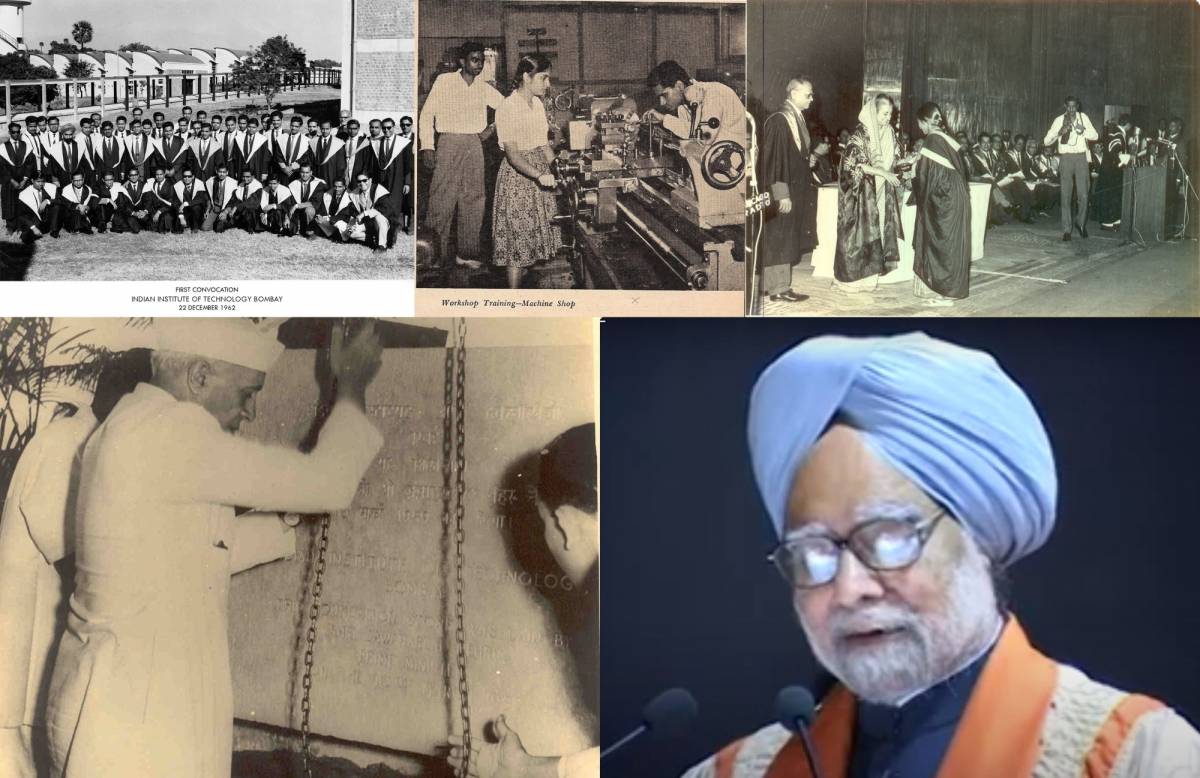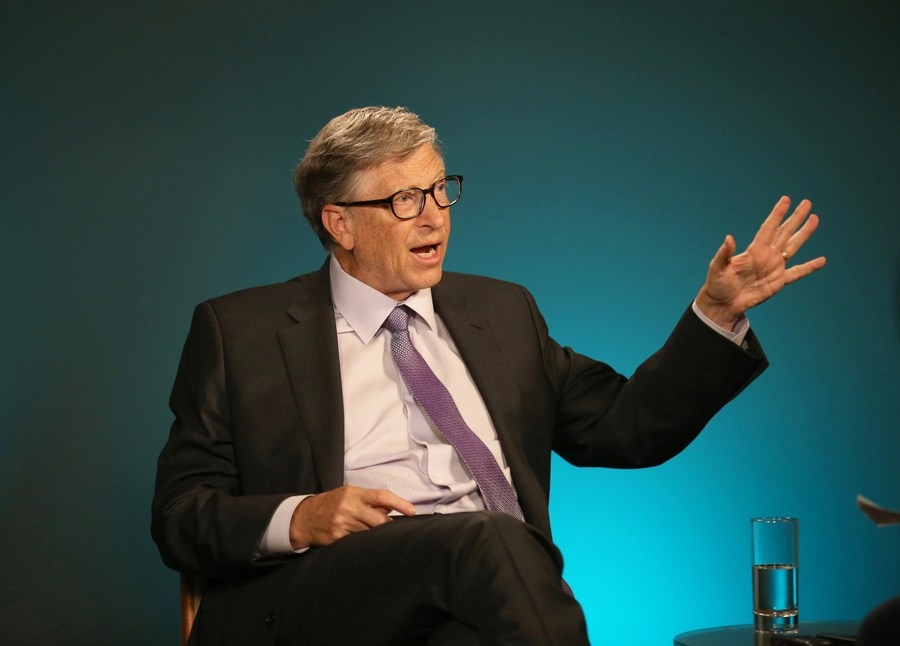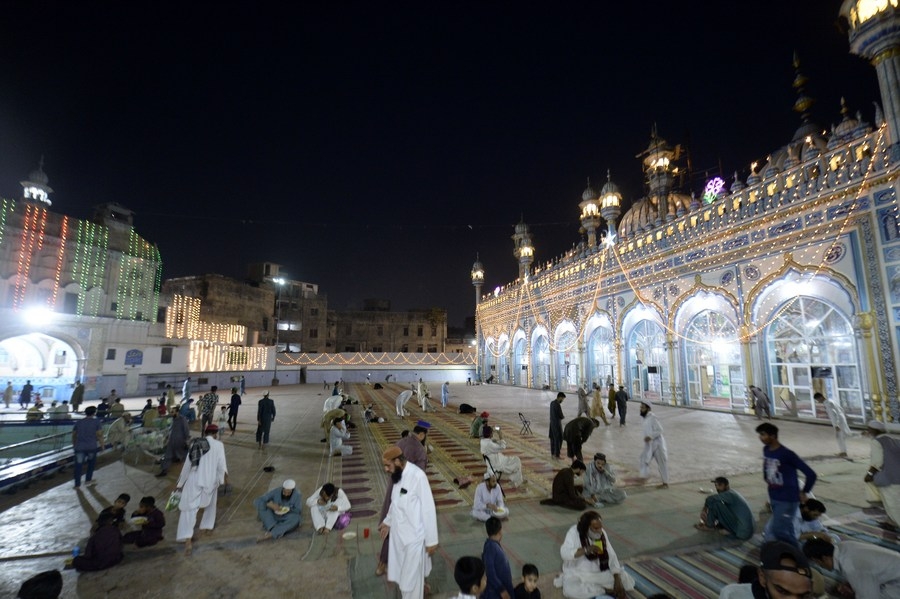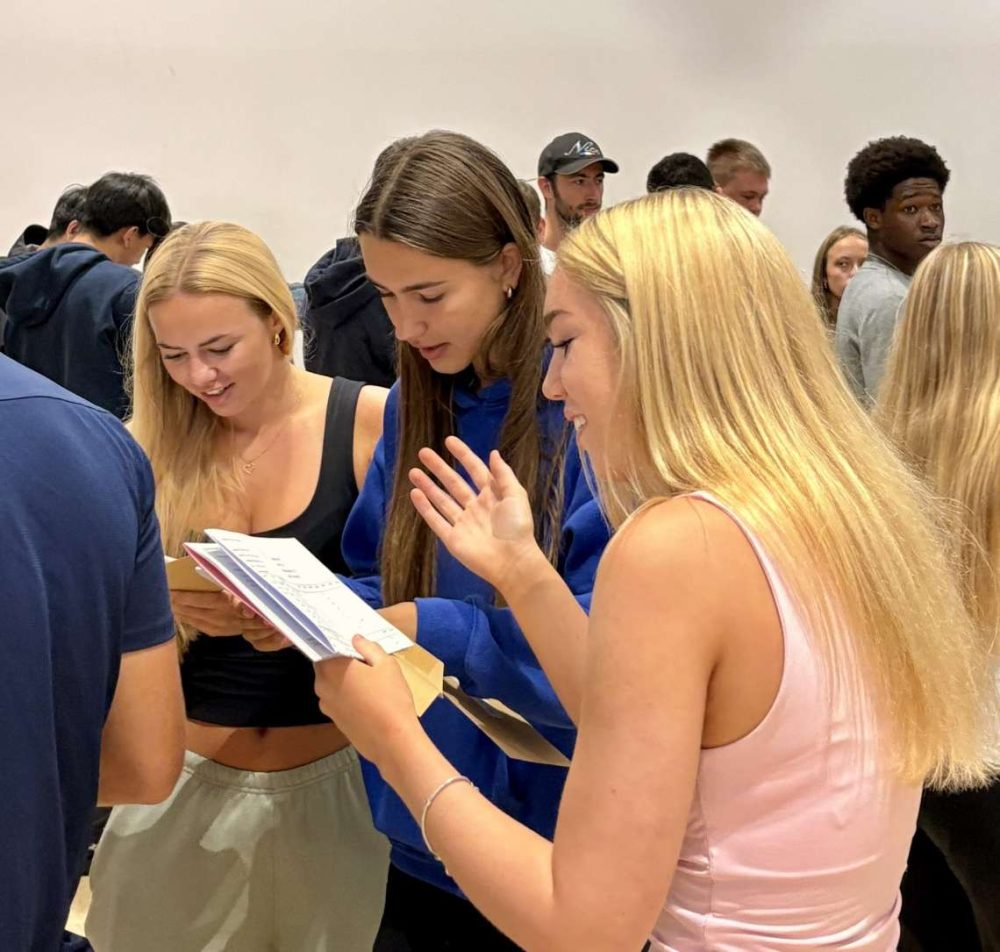Over the years, the IITs have created world-class educational platforms dynamically sustained through internationally recognised research, based on excellent infrastructural facilities…reports Quaid Najmi
Nestled in a green jungle beside the picturesque Powai lake with misty-grey hills in the background, the Indian Institute of Technology-Bombay (IIT-B) inspires and awes, as it promises to be the final academic destination for many students aiming to hit the sky in life.
Set up in 1958 as the country’s second IIT — after IIT Kharagpur (IIT-KGP, 1950) — in the list of 23 IITs currently, IIT-B enters the momentous diamond jubilee year of its historic first convocation held on December 22, 1962, when around 70 wide-eyed young men passed out of the institute.
Decades later, the golden jubilee convocation in 2012 was attended by then Prime Minister Manmohan Singh. The institute has a little more than 12,005 students in 2021, as per the current annual report released by its Director, Professor Subhasis Chaudhuri.
The groundwork for the first IIT-KGP was inspired and prepared well before Independence by the late Bengal academician Humayun Kabir, who later served as the Education and Civil Aviation Minister of India.
After the country achieved freedom in 1947, its first Prime Minister Pandit Jawaharlal Nehru pushed the idea forward and even laid the foundation stone for IIT-B, according to the Council of Indian Institutes of Technology (CIITs).
Nehru wanted science and technology to play a prominent role in modernising the new India and meeting the needs of its growing population, and envisioned that the IIT system would, over time, produce scientists and technologists of the highest calibre who would engage in research, design and development to help build the nation towards self-reliance in her technological needs.
“The institutions were to be designed with the necessary dynamism, flexibility of organisation and capacity to adapt in the light of expanding knowledge and changes in the socio-economic requirements of a modern society,” says the CIIT.

The earliest IITs got the benefit of material assistance and academic cooperation from certain developed countries — IIT-B from USSR, IIT-Madras from Germany, IIT-Kanpur from the US and IIT-Delhi from the UK.
Over the years, the IITs have created world-class educational platforms dynamically sustained through internationally recognised research, based on excellent infrastructural facilities.
The faculty and alumni of IITs have made a huge impact in all sectors of the society, both in India and abroad, and the IITs are globally recognised as ‘centres of academic excellence’, reputed for the outstanding calibre of the students graduating from them.
Over the years, even IIT-B grew in leaps and bounds and now ranks nationally and globally among the most renowned institutes of excellence in various fields of technology.
Compared to the first girl — Tejaswini Saraf (1966 batch) — who turned heads at IIT-B, being the lone female student among 300 boys, today the situation is different with 20-25 per cent female students on the campus.
As the President of the IIT-B Alumni Association (IITBAA), Deepak Patil, says, at IITs, the mind is trained not only academically, but also to think deeply, rationally, to handle any problem, to go to the root and evolve a logical solution.
IITBAA Chairman Girish Nayak says IIT education makes the student sharper and analytical, trains them overall to solve any kind of problems, grapple any challenges in life without getting surprised or overwhelmed, and this is something that stays with them forever.
The duo feels that the IITs offer an excellent opportunity for personality development, total independence, no family support systems to shield them from any emotional problems, thrown together with total strangers from different parts of the country and learn to live together.
“It’s here that we realise that there are many who are not only as brainy as you, probably more intelligent than you… There would be hot debates of high intellectual levels on practically any topic under the sun, from technology to politics. All of these adds to your personality and intellect and yet makes you humble,” said Patil.
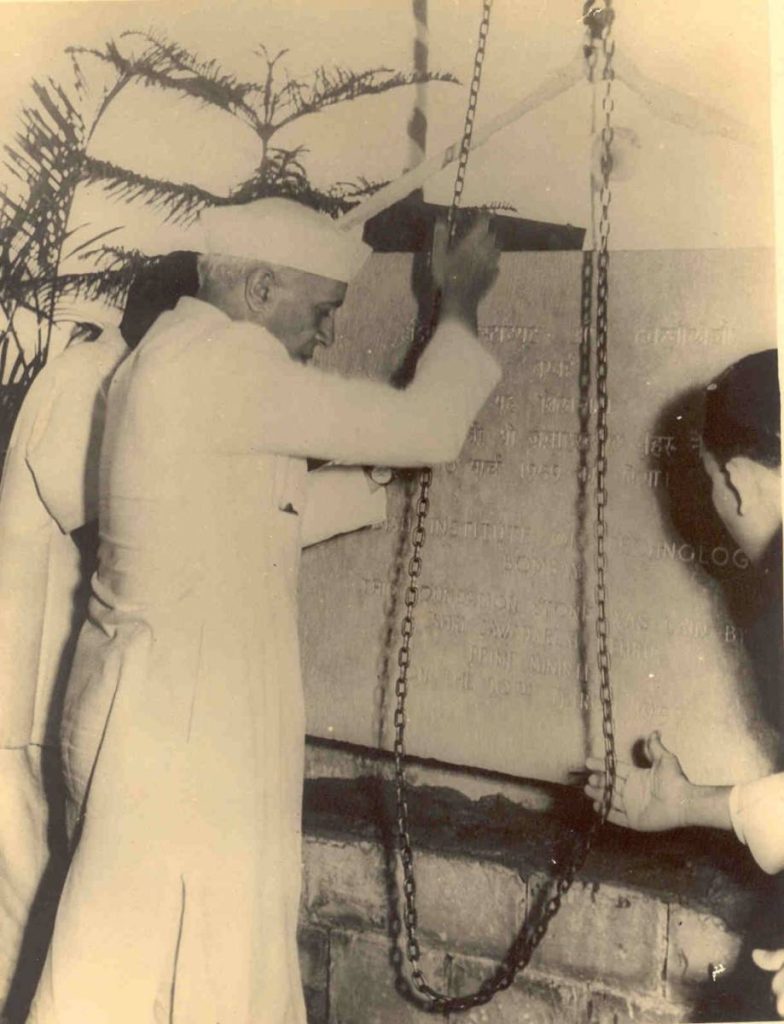
Plus, the students here get the advantages of an outstanding faculty, staff, academic-industry connection, and the rich experiences of the trail-blazer alumni, which result in achievements that make global headlines.
A few of the many notables who have passed out of IIT-B over the past six decades are: BSE MD & CEO Ashish Chauhan, Syntel founder Bharat Desai, Infosys Co-founder Nandan Nilekani, Twitter Inc. CEO Parag Agrawal, Senior Advocate Colin Gonsalves, ex-BMC Commissioner Jairaj Phatak, ex-Union minister Jairam Ramesh, late Goa CM Manohar Parrikar, mathematician Ravindran Kannan, ex-Dean of Harvard Business School Nitin Nohria, economist Ajit Ranade, and ex-President of Bell Labs Arun Netravali, among others.
ALSO READ-Gamified Sanskrit app Little Guru launched through The Nehru Centre


